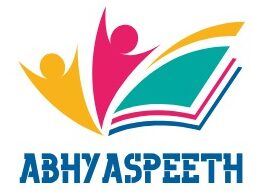New Delhi: Becoming a doctor in India is fast becoming a privilege only the wealthy can afford, with total medical education costs in private colleges soaring up to ₹1 crore. A recent report by the Parliamentary Standing Committee on Health and Family Welfare has raised a red flag over the spiraling fees, urging the government to take immediate action to ensure affordability and equitable access to medical education.
While government medical colleges charge an average of ₹50,000 per year, private colleges are charging ₹15–30 lakh annually. The committee cited an example of a private college in Mumbai where the MBBS course costs ₹30 lakh per year, amounting to ₹1.3 crore for the full program.
The report warns that if such trends continue unchecked, medical education will become the exclusive domain of the rich, defeating the principle of equal opportunity and weakening the healthcare system in the long run.
Key Recommendations from the Parliamentary Report:
1. Strict Enforcement of the Capitation Fee Act:
The committee urged the central government to strictly enforce the Capitation Fee Act to regulate and cap admission charges in private medical institutions.
2. 50% Reduction in Private Medical College Fees:
To make medical education accessible to middle-class families earning around ₹8 lakh per annum, the committee recommended slashing private medical college fees by at least 50%.
3. Encouraging Public-Private Partnerships (PPP):
The committee suggested promoting PPP models to attract corporate investment into the medical education sector. This could reduce the financial burden on students while improving infrastructure and quality of education.
4. Scholarships for 1 Lakh Students Annually:
To promote inclusivity, it recommended that at least one lakh deserving and underprivileged students be given scholarships every year to pursue medical education.
5. ₹10,000 Crore Subsidy for Skill Labs in Private Colleges:
Private medical institutions should receive government subsidies for establishing skill labs and procuring costly medical equipment. This would reduce their dependency on tuition fees to recover infrastructure costs.
6. Mandatory Tie-ups with District Hospitals:
The committee proposed that private colleges must collaborate with district-level government hospitals to provide practical exposure to students and improve rural healthcare services.
Growing Public Concern:
The report has triggered debate among parents and aspiring students. Many argue that the current cost of medical education is creating an artificial scarcity of doctors in India, as deserving students from economically weaker sections are being pushed out of the system.
Experts also point out that if fees remain this high, students will graduate with massive debt, pushing them toward private practice or overseas jobs instead of serving in India’s rural or public health sectors.
As the number of medical aspirants continues to rise, the committee’s suggestions could be crucial in democratizing access to healthcare education and ensuring that India’s future doctors come from all strata of society—not just the elite.

